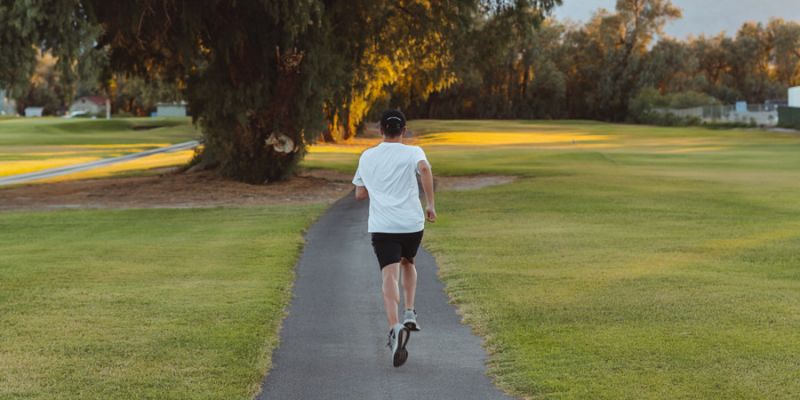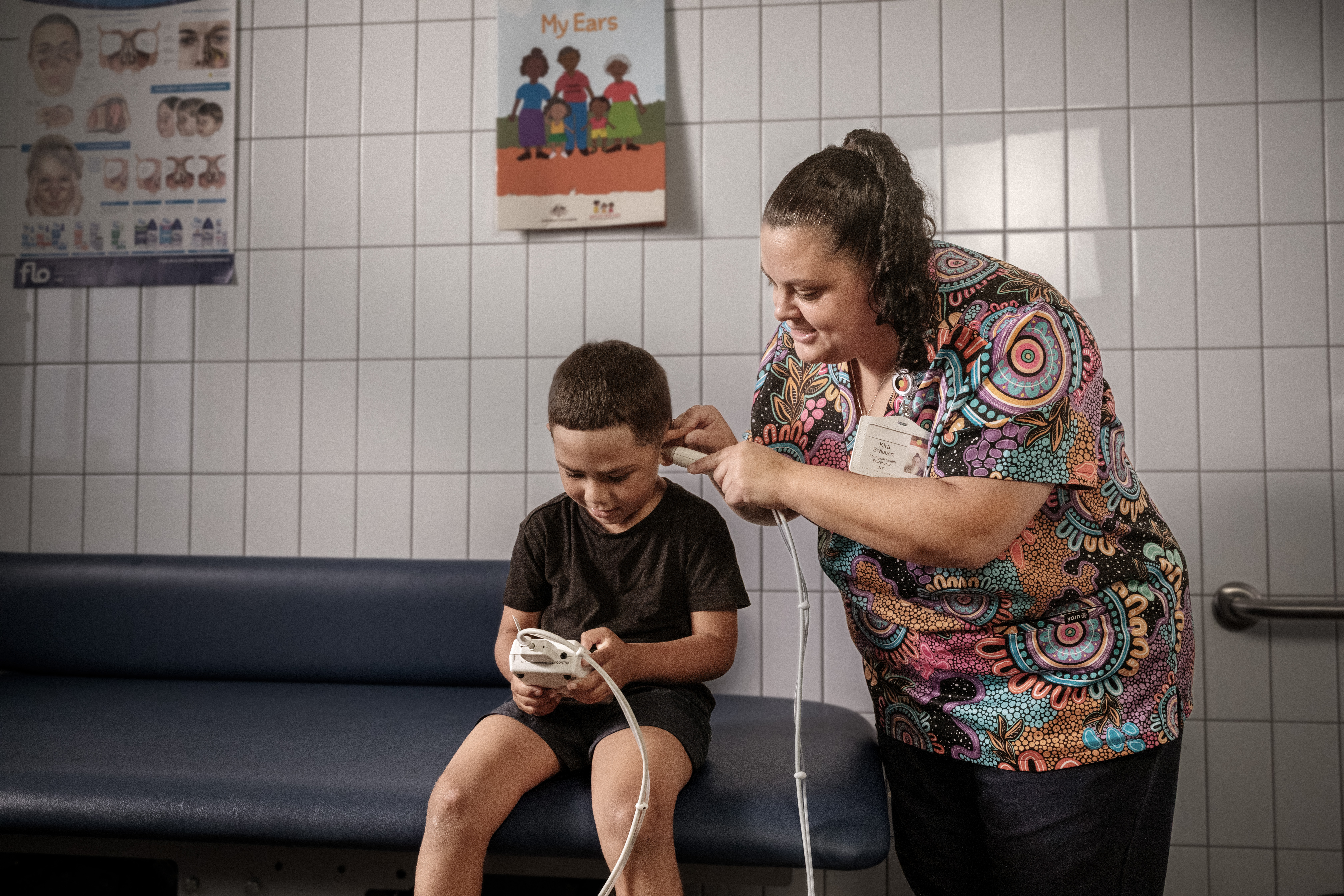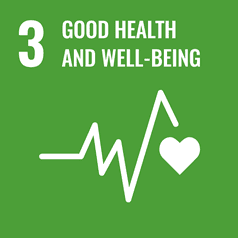Contrary to what we’d expected, it wasn’t just affecting people’s lungs or breathing. Long haulers were experiencing an enormous range of other symptoms: fatigue that was worse after activity, muscle aches and pains, headache, and cognitive dysfunction or brain fog.
A parliamentary inquiry is currently investigating Australia’s response to long COVID – patient experiences, the health system’s response and what the latest research shows.
It’s now clear we got some key things wrong about long COVID earlier in the pandemic. Three years in, and with an estimated 65 million people affected by long COVID, here are five things we now know or suspect about the condition.
1. It can take months to recover lung function – and some people never do
We now know full recovery of lung function is not guaranteed for people with long COVID: one in five still complain of severe breathlessness and 10% have severe functional impairment.
Among people admitted to hospital, studies report impaired lung function, abnormal chest scans, impaired capacity to exercise and persistent breathlessness months after leaving hospital, especially for those who needed breathing support in ICU.
In those people who where hospitalised with COVID-19 pneumonia and who have persistent breathlessness, pulmonary (lung) rehabilitation improves quality of life and exercise tolerance. While this evidence is not strong, it is consistent, across one randomised control trial and seven observational studies.

We need a national approach to assess all patients who survive hospitalisation, to determine if they are still breathless and ensuring they have access to pulmonary rehabilitation.
2. COVID can increase the risk of or worsen chronic diseases
Early on, we failed to understand COVID would increase the risk and worsen other chronic diseases.
Since then, large population studies have clearly documented people with long COVID are at increased risk of stroke and heart disease and an increased risk of diabetes.
These problems are more likely in those who are socially disadvantaged, and unable to have sufficient time to recover.
Related Articles

‘Perfect bodies and perfect lives’: how selfie-editing tools are distorting how young people see themselves
Like many of her peers, Abigail (21) takes a lot of selfies, tweaks them with purpose-made apps, and posts them on social media. But, she says, the selfie-editing apps do more than they were designed for.
Read more

Pathway to purpose
From limited beginnings to limitless dreams - equity in education is giving Arthur Demetriou the chance to change the face of medicine.
Read more

“I thought I was a bad mother”: How telehealth changed a young boy’s life and gave a family hope
“I thought I was a bad mother,” says Marlie Matthews, tearfully. “I tried everything, but Marcus was getting more and more behind. He wasn’t speaking much and when he did, I couldn’t understand him. It was very hard on all of us.”
Read more

Sick of eating the same things? 5 ways to boost your nutrition and keep meals interesting and healthy
Did you start 2025 with a promise to eat better but didn’t quite get there? Or maybe you want to branch out from making the same meal every week or the same lunch for work almost every day?
Read more

Going to the dentist is expensive. Here are 3 things you can do to protect your oral health – and 3 things to avoid
Around one in three Australians delayed their visit to a dentist in the last financial year – or didn’t go at all – due to cost.Given it doesn’t look like dental treatment is being added to Medicare any time soon, what can you do?
Read more

Air is an overlooked source of nutrients - evidence shows we can inhale some vitamins
You know that feeling you get when you take a breath of fresh air in nature? There may be more to it than a simple lack of pollution.
Read more
3. Long COVID isn’t a single disorder
We initially thought of long COVID as a single disorder. We now know it’s a complex condition, caused by a number of different factors. Emerging evidence suggests this includes:
- impaired immunity
- the development of autoantibodies (where the immune system attacks the self)
- the persistence of the SARS-CoV-2 virus
- microclots (small blood clots and/or damage to blood vessels).
Studies investigating these causes are still small and observational – and these factors are likely overlap and vary among sufferers. The only way to address these issues will be with further research.
A number of treatments are advocated, but they all need to be tested in properly controlled trials, too few of which are in progress.

4. We need to resource treatment adequately
In the past we had not devoted sufficient resources to treat post-infectious or immune syndromes such as myalgic encephalitis or chronic fatigue syndrome (ME/CFS). These syndromes are defined by excessive fatigue, which worsens after exertion, and include cognitive impairment or brain fog.
These symptoms are responsible for much of the disease and disability associated with long COVID in many people and are often more prevalent than respiratory problems.
Severe cases of long COVID, ME/CFS and other post-infectious syndromes may include a condition known as POTS (postural orthostatic tachycardia syndrome), where an excessive heart rate results in falls in blood pressure with even mild exertion.
Unlike survivors of COVID pneumonia, people with POTS are much less likely to benefit from traditional exercise-based rehabilitation programmes. Such programs may even exacerbate their symptoms.
Instead, approaches are proposed that have been previously applied to ME/CFS and POTS are proposed, including exercise pacing, and medication regimes. However, there is a lack of good evidence, and while trials are underway, they are few, especially in Australia.
5. COVID shouldn’t be dismissed as a psychological problem
Finally, there has been the problem of attributing long COVID to poor mental health. While worsened mental health often accompanies chronic disease, this link for long COVID has been overstated and we are at risk of dismissing the physiological problem.
A large population study of more than 1.3 million people following COVID demonstrated that while there was an initial increase in anxiety and depression, it was transient, unlike features of long COVID such cognitive dysfunction.
COVID treatment has focused on the acute life-threatening illness and largely ignored the long-term consequences. But long COVID isn’t a problem that will disappear. It requires investigation into the illness it causes, robust clinical trials into treatments and effective models of care. This is not currently happening.
This article is republished from The Conversation under a Creative Commons license. Read the original article.

